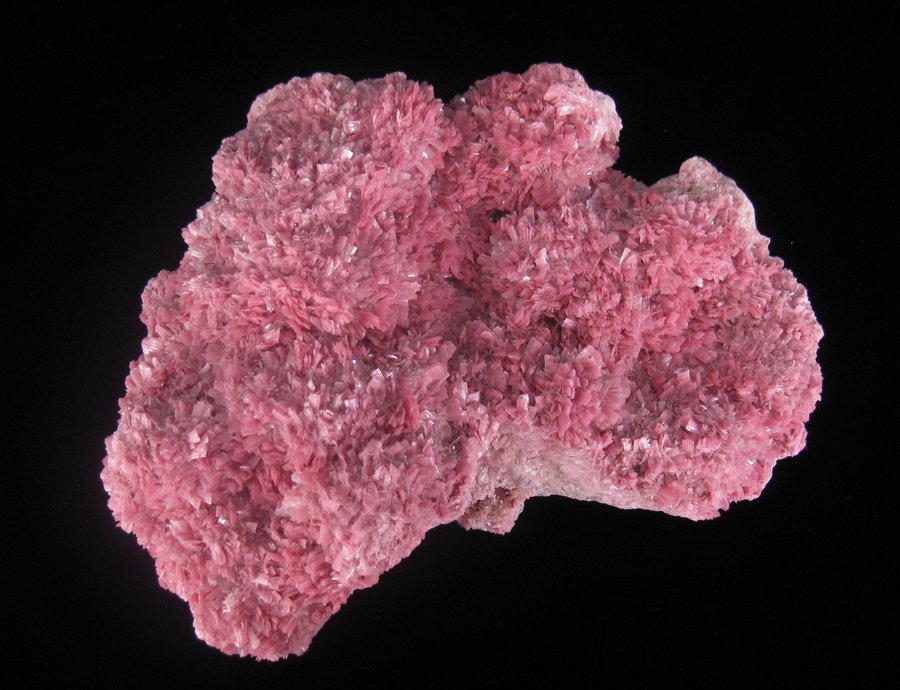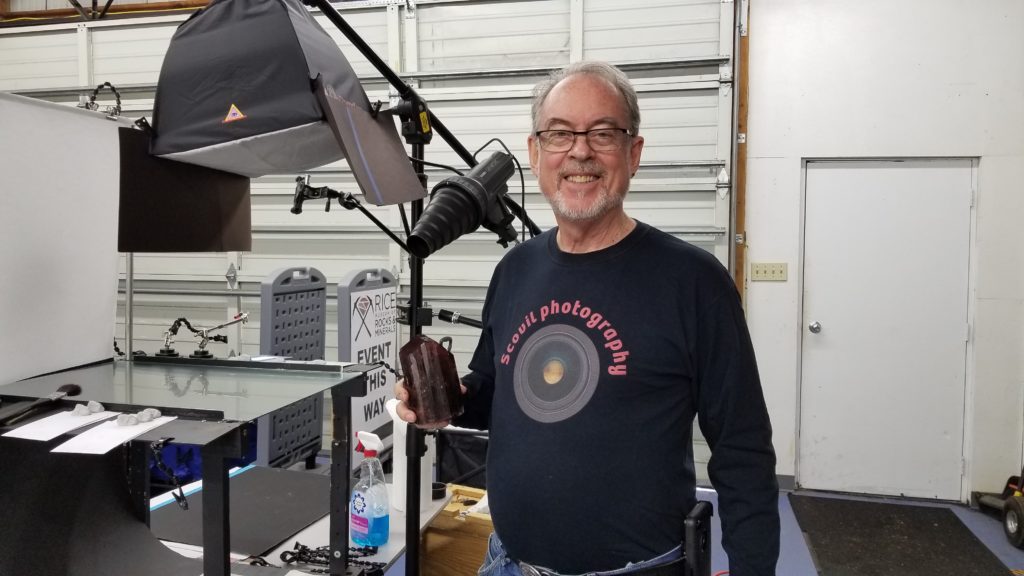Adopt a Mineral and Support the Museum!
Support the Rice Museum through our Adopt-a-mineral Program now available on our website. Why Adopt-a-mineral? Do you have a favorite mineral at the museum? Would you like to support the museum in acquiring new minerals? By participating in our Adopt-a-Mineral program, you symbolically adopt your favorite mineral and become an important part of the museum! […]
Adopt a Mineral and Support the Museum! Read More »


